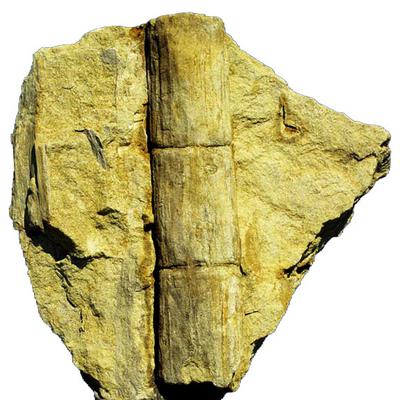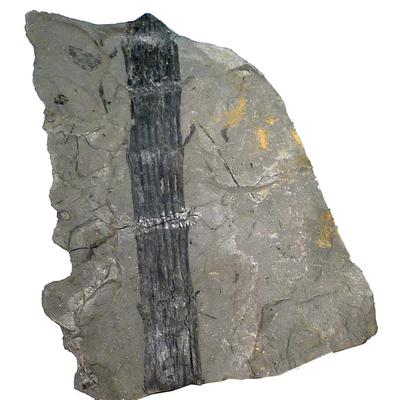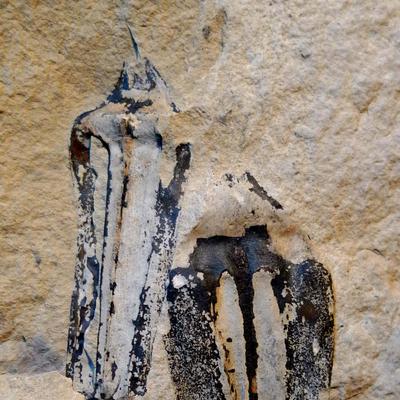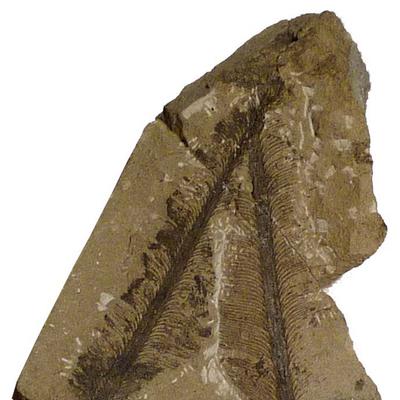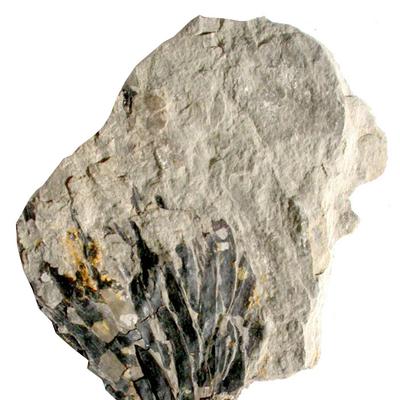In the swamps and backwaters of the Lettenkeuper braided river systems, a copious vegetation of diverse plants was thriving. Their coalified remains were collected at times of extensive sandstone quarrying around Schwäbisch Hall, Neuenstein, and Würzburg. In the Triassic, the position of Central Europe was subtropical and influenced by seasonally humid monsoonal climate from the neighbouring Tethys Ocean. Among the characteristic plants are herbaceous horsetails, especially the tree-sized Equisetites arenaceus and the smaller Neocalamites meriani, various groups of gymnosperms, lycophytes, ferns, and cycads, as well as the bennetiteans, which lead towards the flowering plants. Horsetail root thickets in sandstone beds, interpreted as fossil soils, give evidence of deposition above the sea level. Temporarily, thin coal seams developed in the backwaters, after which the formation was formerly called ‘Lettenkohle’, which means ‘unusable coal’. However, there are also floral elements indicating relatively dry habitats.

